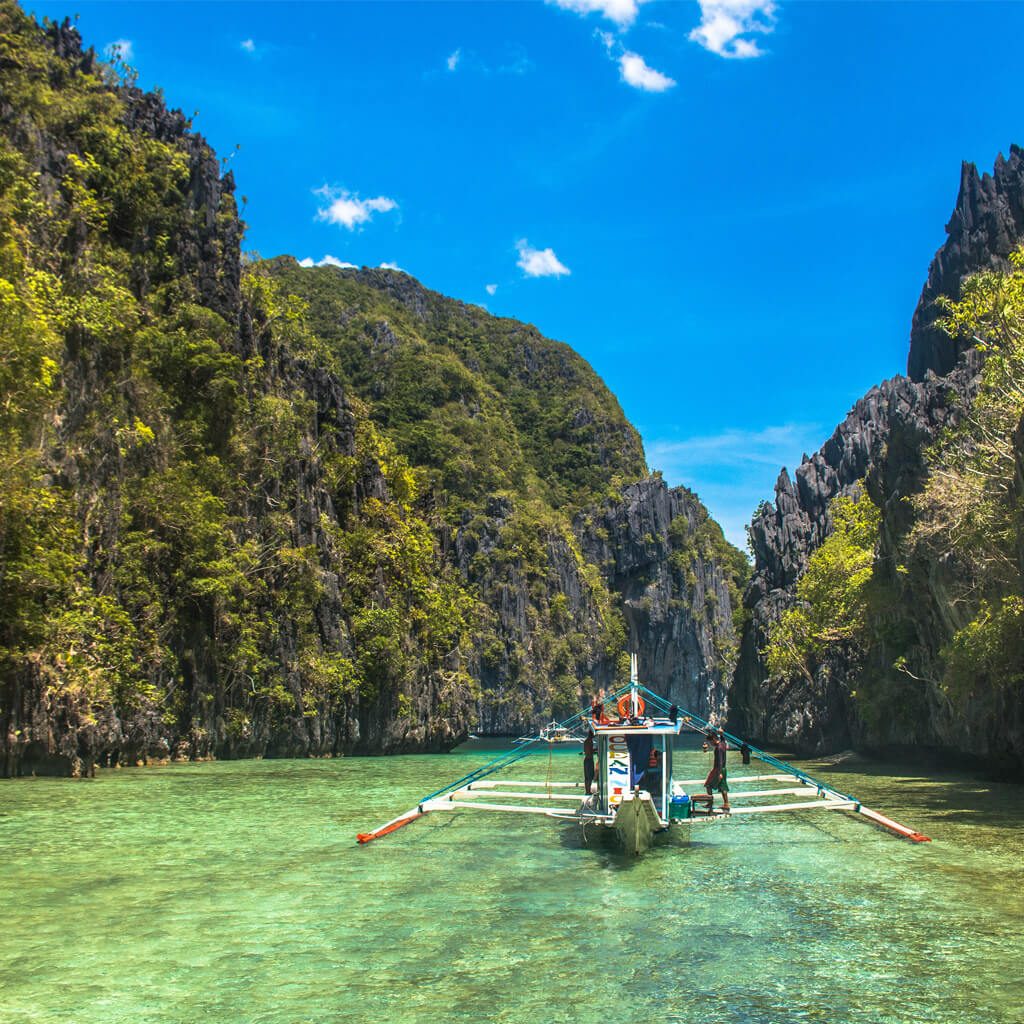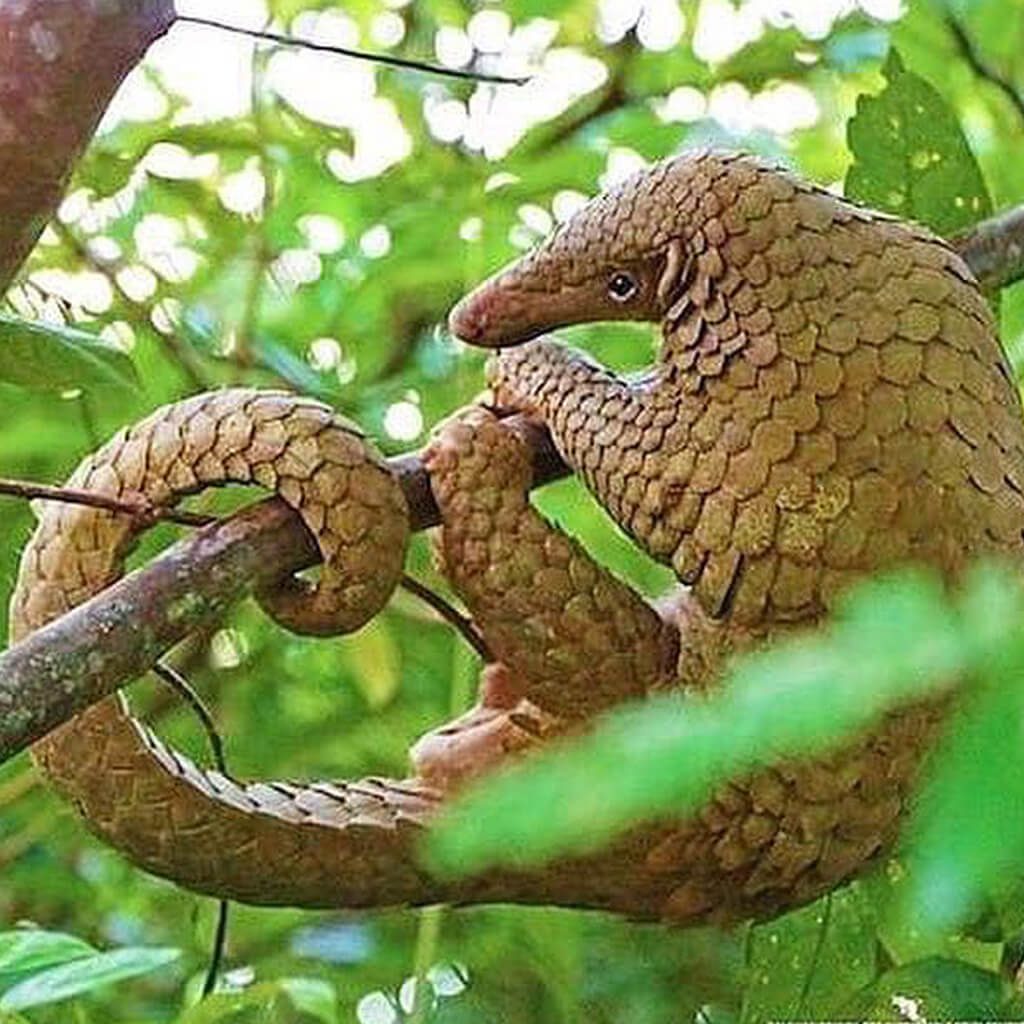It is easy to understand why Palawan is also known as the “last frontier” of the Philippines. Its pristine forests, white sandy beaches, and turquoise waters overflow with life, making it an ideal destination for nature lovers who wish to enjoy diverse landscapes where activities, both on land and sea, abound.
Numerous hiking trails will allow active travelers to discover the island while exercising. In addition, the island is home to many endemic species, such as the binturong or the Palawan peacock-pheasant. One of the most peculiar animals of the world, the Philippine mouse-deer, can also be found on the island of Balabac, and in Mt. Victoria, a very impressive carnivorous plant, the Nepenthes Attenboroughii. The island of Palawan is also widely known to be home to some of the best diving spots in the world. On the eastern part of the island lies the Tubbataha Reef, a UNESCO protected site. This coral reef is often compared to those found near the Galapagos Islands and hosts about a hundred species of fish, sea turtles, and seabirds. To the north is the Apo Reef, a 34-square-kilometer reef said to contain the largest concentration of coral species in the world. Beyond the mangroves, the turquoise lagoons, and the coral reefs, you will also be able to dive among several wrecks of World War II, enough to satisfy both history buffs and aquatic sports enthusiasts. To sum it up, a trip to Palawan is like diving into the heart of nature!
*From elnidotourism.com

With the onslaught of mass tourism in Palawan, biodiversity in sites included in tourist packages such as Tour A, B, C, and D in El Nido, or the different lagoons in Coron, can be overwhelmed by unsustainable tourism activities. There is an opportunity to offer a different side of Palawan to tourists not usually explored, sites that focus on sustainable tourism and community development.

The biodiversity of Palawan is incredible, and several animal species are endemic to the island. Unfortunately, this natural abundance is threatened by overfishing, deforestation, and pollution. Many coral reefs have already been destroyed by the use of dynamite, cyanide, or other destructive methods, which are widely used in the rest of the country.
To fight these threats, the government has designated El Nido as a “protected area”. This protection includes a marine area of 360 square kilometers, the entire Bay of Bacuit (including its islands), the land portion of El Nido, and part of Taytay. This area is called the El Nido-Taytay Managed Resource Protected Area.
Photo of Pangolin from Palawan Council for Sustainable Development